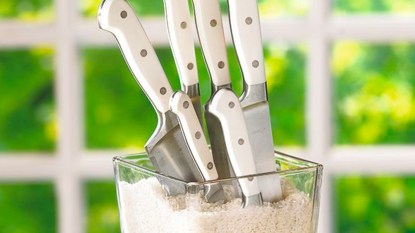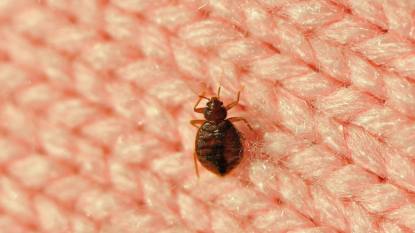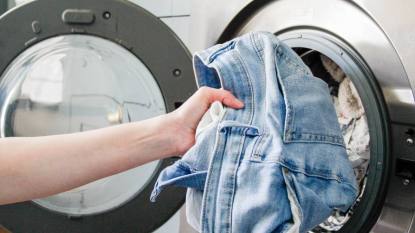Home Pros’ Easy *Butter* Trick Gets Stains Out of Wood Fast + More Genius Tips
An easy guide to getting them out of both finished and unfinished wood
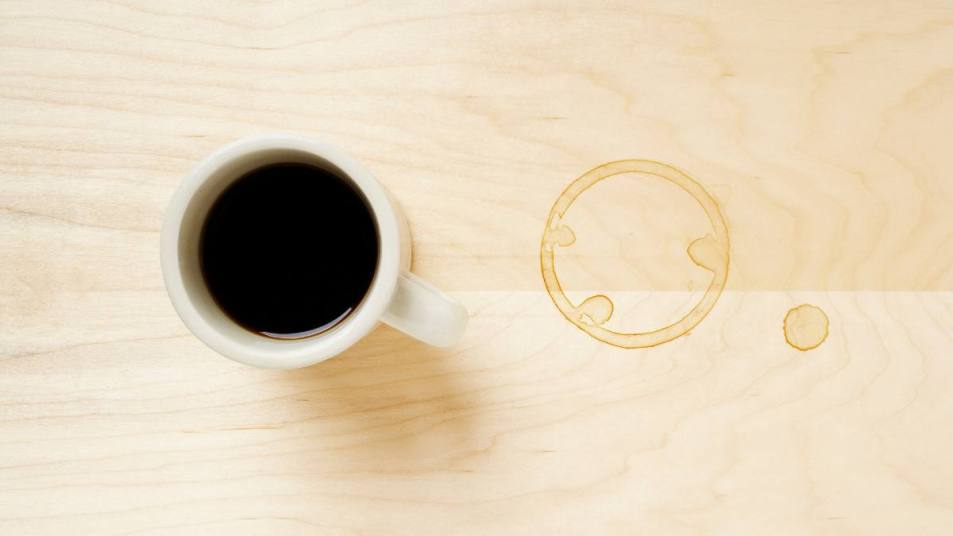
You’re not the first person to accidentally place a hot cup of tea on a wood dresser, knock c glass of water over on your coffee table or spill orange juice on your vintage teak side table. And there’s good news: The stains that resulted are fixable. It might take some trial and error (and a bit of research into what type of finish your wood piece has), but rest assured, we reached out to cleaning experts to break down the best ways to get stains out of wood.
Why does wood stain so easily?
Wood can stain easily due to its porous nature. The microscopic pores allow liquids and pigments to penetrate the surface, causing stains. Different types of wood have varying porosity levels, with some being more prone to staining than others.
So in order to remove the stain, you’ll need to assess what kind of stain you’re dealing with and what type of finish your wood has. Knowing the type of finish will not only help you address the stain, it will also allow you to patch the finish if your piece needs it. Some wood is completely unfinished, or “raw,” so it doesn’t have any finish to seal and protect it from scratches and stains. “To determine if it is unfinished,” says Melissa Maker, founder of cleaning blog Clean My Space, “add a drop of water to the surface. If it beads, it’s got varnish, and if it absorbs in and leaves a mark (which will dry up), it’s unfinished.”
Once you have figured out the finish, you’re ready to tackle the stain!
How to get stains out of unfinished wood
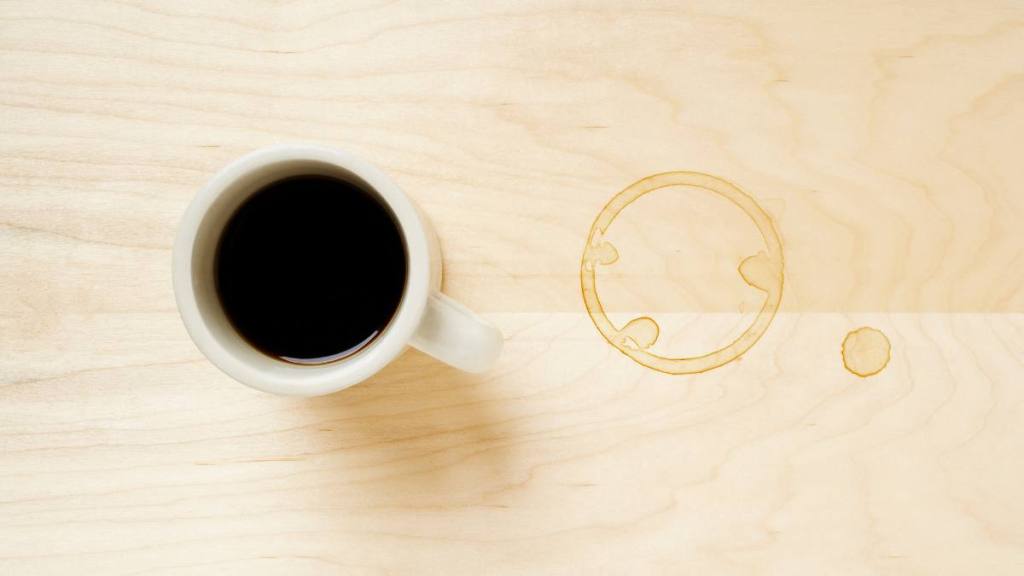
Since unfinished wood isn’t sealed with anything, it stains more easily, but it’s also simpler in some ways to remove the stains. First, Maker recommends “cleaning with a dry microfiber cloth, as moisture can parch and/or warp the wood.” But if you’re faced with a stubborn stain, “gently sanding is the best way to get stains out of unfinished wood,” says Sara San Angelo, a house cleaner with 20 years of experience and founder of the blog Confessions of a Cleaning Lady. You’ll just want to lightly sand it along the grain with fine-grit sandpaper (like 200 grit) until the stain has disappeared, being careful not to apply too much pressure.
How to remove stains on finished wood
To remove water stains from wood: Grab some butter

In finished wood, most moisture stains (from water to juice) show up as a milky white tint and are the result of the moisture being trapped in the surface of the finish. They also often take the shape of the item that was wet and placed onto the surface, like a circular ring from the bottom of a cup. There are a few different ways you can handle these stains, and luckily, they include ingredients you likely already have on hand. But the best solution? Butter.
Just place a small dab of the dairy on any watermarks and rub it in with a soft cloth. Then, let it sit overnight before rinsing off with a slightly damp and soapy rag. Butter works by seeping its oils into the wood and dislodging the trapped moisture causing the stain, say experts.
According to The Rachael Ray Show, you can also speed up the process by mixing your butter with some ashes from your fireplace or grill. As you can see in a video from the show below, it creates a paste that makes water stains disappear right in front of your eyes — no need to wait overnight!
Other household items that work?
Grab some toothpaste: Believe it or not, toothpaste is a great way to gently buff a moisture stain out of wood furniture. San Angelo recommends using a non-gel white toothpaste, as “it is mildly abrasive and gently buffs out the stain.” Apply the toothpaste to a microfiber cloth and gently buff the stain away.
Related: 15 Brilliant Uses for Toothpaste That Have Nothing To Do with Cleaning Your Teeth
Make a paste of baking soda and water: Baking soda works similarly to toothpaste, San Angelo says, because it’s a similar consistency and has a gentle abrasive quality. You’ll want to mix a paste of baking soda and water and gently buff the stain out in circular motions with a microfiber cloth.
A vinegar and olive oil solution: “I would use vinegar as a last resort,” San Angelo says, “as its acidity can damage the wood finish” if you’re not careful. That said, it’s worth a shot if the above methods don’t work. “This would be a two-step solution,” San Angelo continues,” saying that the distilled white vinegar can be wiped across the surface to remove the stain, and “olive oil is used as a finishing step to restore the shine of the wood for whatever method you use.”
To lift white heat stains
Heat stains often appear similarly to moisture stains, but they require a different method to remove them. Instead of showing up in rings or droplets, heat stains will appear cloud-like and milky white on the surface of wood furniture. Here, 2 ways to remove it.
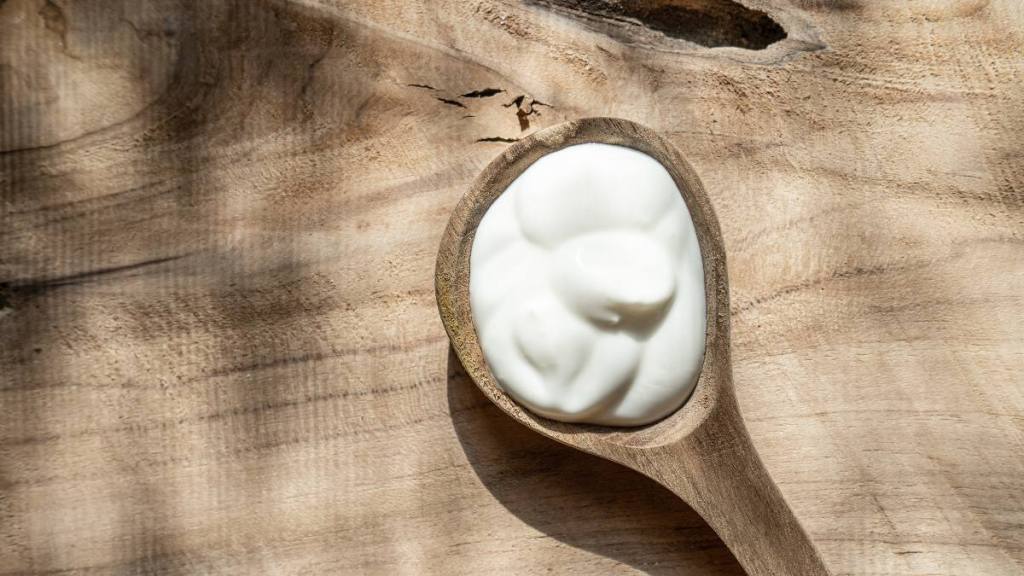
Slather on mayonnaise: Yep, you read that right! Mayo is actually widely recommended as a way to remove heat stains from wood. Both San Angelo and Maker suggested this method, the former explaining that “mayonnaise works better as a heat stain remover, as the oils of the mayonnaise penetrate the wood and dissipate the stain.” Maker says to “apply mayonnaise to the area, leaving it overnight and then buff it into the table in the morning.”
Add more heat via an iron: It sounds contradictory, but sometimes, a little extra heat and steam from an iron can make a direct heat stain dissipate. You’ll first want to wipe the area off with a microfiber cloth, then place a towel on top of the stain. With the steam turned on and the heat on low, apply the iron for a few seconds at a time, checking to see if the stain has lifted.
How to remove dark stains from finished + unfinished wood
Dark stains are a bit more difficult to deal with because they likely indicate that a dark liquid or material has seeped into the wood itself, whether it’s unfinished or has gone through the finish. For unfinished wood, San Angelo recommends applying bleach containing oxalic acid (not regular bleach, which would dull the finish) to lift the color away as much as possible before wiping clean with a cloth or gently sanding until the stain disappears. For finished wood, she says it’s best to sand and refinish the area entirely.
How to revive a dull finish
Let’s say there’s no specific stain on your wood piece, but the finish has grown quite dull over the years, or there’s a buildup of furniture polish from a previous owner. Maker advises that “furniture polish is not an all-in-one solution,” and “in fact, store-bought furniture polish can downright ruin some wood finishes, it doesn’t even clean anything, and can dull the finish and leave a build-up on your furniture over time.”
If you find that your piece has dulled significantly and has a haze or streaks you can’t get rid of, Maker suggests applying a vegetable-based enzyme cleaner like Nature’s ERADICATOR Multi-Purpose Enzyme Cleaner (Buy on Amazon, $23.99), let it sit on the wood for a couple of minutes to remove the build-up, then wipe with a cotton cloth and buff dry. Review the instructions on the bottle for exact dwell times required.
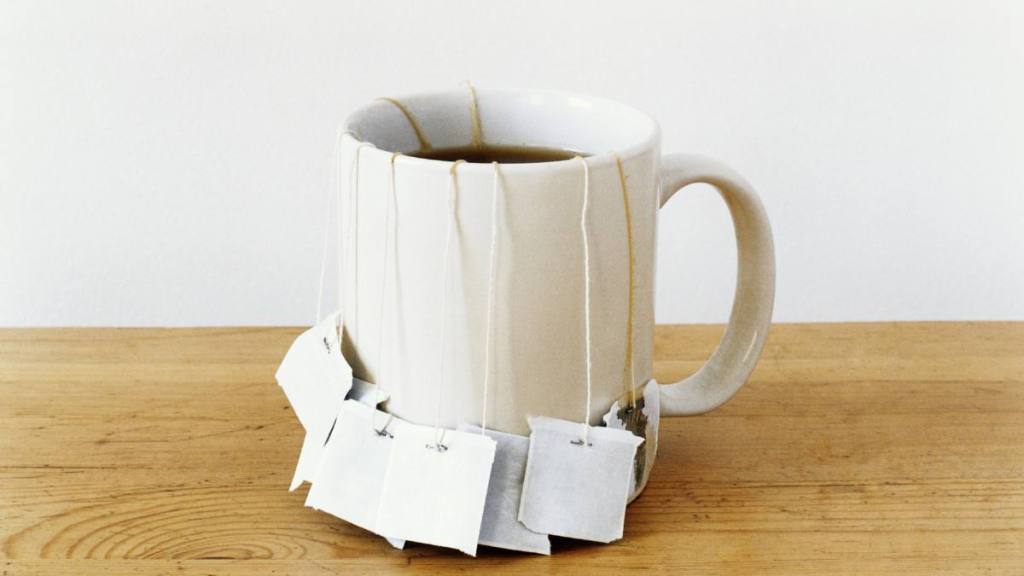
“If you want a quicker and cheaper hack,” Maker says, “simply steep two bags of black tea for 10 minutes in boiling water (something unflavored, unsweetened, etc.). Let the tea cool, and then immerse a clean cotton cloth into the tea. Wring out over the wood piece and let sit for just a moment, then wipe. The tannins in the tea will break down that dull, waxy finish to reveal the wood’s natural beauty.”
Related: What to Do With Used Tea Bags: 14 Brilliant Uses That Save You Time and Money
For more on treating wood, click through the links below!
New TikTok Trend To Clean Your Wooden Spoons Can Crack Them, Caution Experts
How To Clean a Wooden Cutting Board + the Salt Trick That Wipes Out Stubborn Stains






